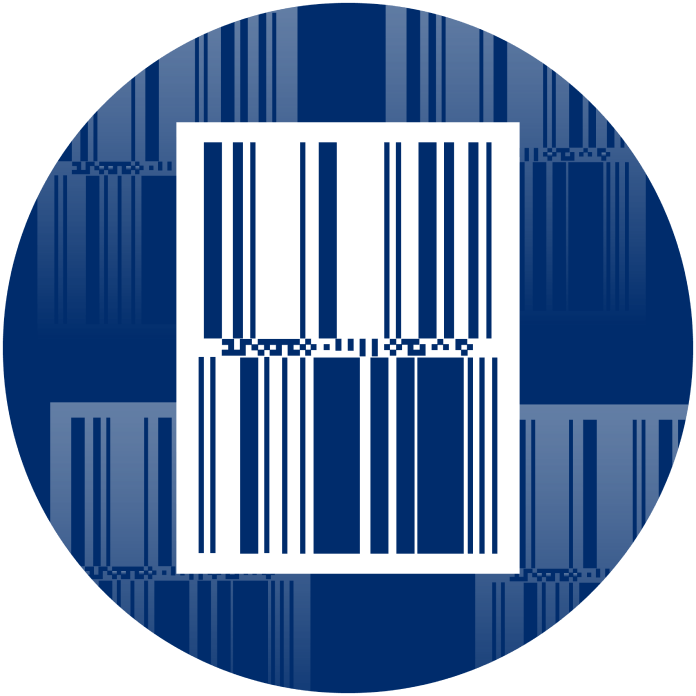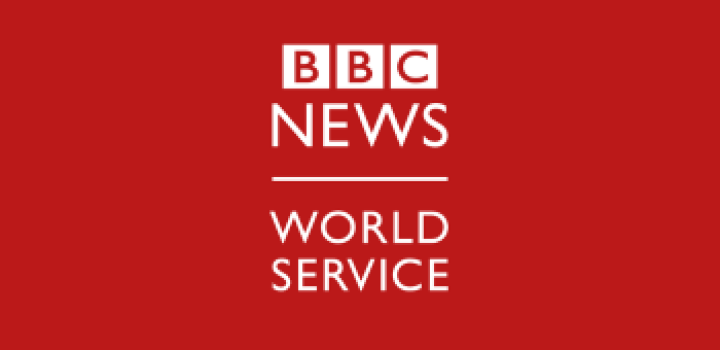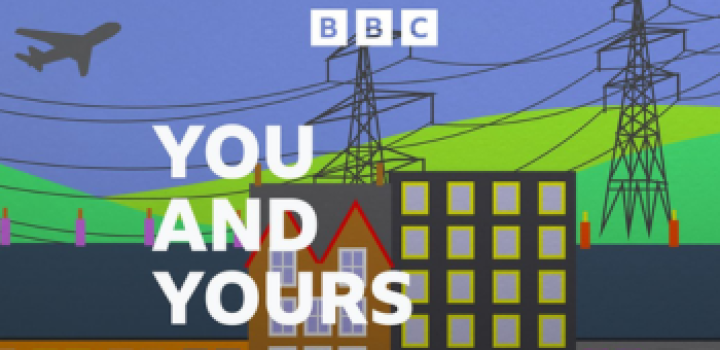
50 years ago, the GS1 barcode was scanned for the first time, and since then each “beep” makes it easier and safer to buy and sell products.
Industry leaders came together to transform the way we shop and created the barcode. From that point forward, a simple scan at checkout connected a physical product to its digital identity—and information that could be shared throughout the supply chain and with consumers.
For five decades, every beep of a barcode—with GS1 standards behind it—has powered trust for everyone everywhere.
Explore our history
50 years ago, on 3 April 1973, the GS1 barcode was created and forever changed the way we shop, although our history goes even further back to a beach in Florida in 1948. Though now a part of everyday life around the world, the ubiquitous barcode is often taken for granted—or even ignored.
The leaps in innovation the barcode has enabled would have been beyond our imagination half a century ago. From powering supply chains and digitalisation, to ecommerce, protecting people and helping save the planet… it has become the beeping heart of so much, with over 10 billion scans a day.
As we celebrate this milestone, GS1 barcodes continue to be the catalyst for digital transformation and progress.
How the barcode and GS1 has transformed industry and the world we live in
































1948
It all started on a beach where Norman Joseph Woodland draws the world’s first barcode in the sand.
1964
It all begins in the UK.
The National Economic Development Office recommend the use of standard product numbers in the UK.
1973
On 3 April 1973, industry leaders in the U.S. retail grocery sector create the barcode—an innovation that has revolutionised our modern economy and society.
1974
The U.S.–based Uniform Code Council (UCC) is appointed as administrator of the new Universal Product Code (UPC) barcode. On 26 June 1974—in a Marsh supermarket located in Ohio—a pack of Wrigley’s gum becomes the first product in the world to be scanned with a barcode.
1977
The European Article Numbering (EAN) Association is established as an international not-for-profit standards organisation in Brussels, Belgium. The new EAN barcode is fully compatible with the UPC barcode in the U.S.
1979
Barcoding scanning starts in the UK.
A box of Melrose Tea Bags becomes the first live product to be scanned in a UK retailer, Keymarkets in Spalding.
1983
Traditional barcodes are expanded and used beyond checkout counters for wholesale multipacks, cases and cartons.
1987
Barcodes enter the popcharts.
In a major move, the British Phonographic Industry (BPI) announced that only EAN barcoded products will enter the charts from that date.
1989
GS1 publishes its first international standard for electronic data interchange (EDI), creating an efficient, secure and automated way for trading partners to seamlessly exchange information and communicate with one another.
1995
GS1 expands into the healthcare sector, deploying standards to increase patient safety, drive supply chain efficiencies and improve the identification and traceability of medical products.
1995
Safeway becomes the first supermarket to introduce self-scanning to its customers on 14 March 1995.
1996
Barcoding is ubiquitous in UK retail. 25,000 scanning stores in the UK.
1999
Specifications for the GS1 DataBar are approved. These “reduced space” and stacked barcodes can identify small items like jewellery and fresh foods—and carry more information than traditional barcodes.
2000
At the start of the new millennium, GS1 is present in 90 countries.
2002
GS1’s Global Standards Management Process (GSMP) is launched, providing a neutral setting for industry to discuss common business challenges and establish new standards-based solutions for their businesses.
2003
EPCglobal, Inc. is formed to innovate and develop standards for the Electronic Product Code (EPC) and to support the use of Radio Frequency Identification (RFID) technology, ultimately improving inventory accuracy and increasing supply chain visibility.
2004
The GS1 DataMatrix is approved and is the first two-dimensional barcode adopted by GS1.
The GS1 Global Data Synchronisation Network (GS1 GDSN®) is launched. This product data network makes it possible for any company, anywhere, to seamlessly share high-quality product information.
2005
The UCC and EAN merge, creating a single international organisation with 101 local GS1 Member Organisations (Mos).
2006
GS1 launches the first global traceability standard, paving the way for improved supply chain interoperability and transparency.
2010
As e-commerce grows, GS1 enters the business-to-consumer (B2C) world, exploring standards to give consumers direct access to product information through their mobile devices.
2013
GS1 receives accreditation by the U.S. Food & Drug Administration (U.S. FDA) as an issuing agency for the unique device identifiers (UDIs) used to globally and uniquely identify medical devices.
2014
GS1 builds a new global strategy to respond to the demands of digital omni-channel commerce, including ratification of their first “digital” standard.
2014
The Department of Health mandates that any service or product procured by an NHS Acute Trust in England must be compliant with GS1 standards.
2016
The BBC names the GS1 barcode one of “the 50 things that made the world economy”.
2016
We reached 30,000 members.
In recent years, we’ve seen thousands of smaller companies join us – many of them selling through online marketplaces. So, it’s fitting that our 30,000th member is Taylor Blake, a new British shoe brand.
2018
GS1 expands into the financial sector as an accredited issuer of Legal Entity Identifiers (LEIs), the codes that uniquely identify companies participating in financial transactions.
2019
The GS1 Registry Platform (GRP) is established as a trusted source of GS1 Company Prefixes (GCPs), the Global Trade Item Number (GTIN) or barcode numbers and GS1 Global Location Numbers (GLNs). Verified by GS1 makes it possible for users to leverage the platform: brand owners can share basic data about their products and retailers and marketplaces can verify the identity of the products they sell.
2020
The GS1 Digital Link standard leverages QR codes to help connect consumers to rich amounts of brand-authorised data on the web, including product information, promotions, ingredients, recipes and more.
2021
GS1 supports industry with an ambition to read two-dimensional barcodes—QR codes and GS1 DataMatrix barcodes—at retail points of sale around the world by the end of 2027.
2022
A joint World Trade Organization (WTO) and World Economic Forum (WEF) report outlines the power of GS1 product and location identification to make cross-border trade more efficient, inclusive and sustainable.
2023
GS1 celebrates the 50th anniversary of the barcode together with its family of 116 local GS1 MOs. Over 1 billion products now carry GS1 barcodes that are scanned billions of times every day around the world.
2024
GS1 celebrates the 50th anniversary of the first barcode scan and embraces the future with the next generation barcodes - QR Codes powered by GS1.
How the barcode has transformed our lives
Hear how the barcode has transformed industry and our lives for 50 years in these interviews with the BBC.










